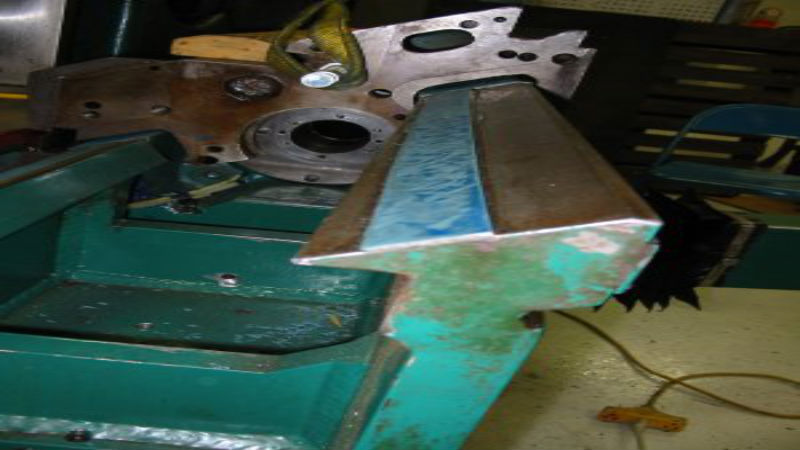In the realm of precision manufacturing, achieving meticulous accuracy and superior finishes in cylindrical components is paramount. Among the various techniques available, ID Grinding stands out as a critical process for achieving these objectives. This method, specifically focused on the interior diameter of objects, offers a range of benefits that make it indispensable for industries requiring high precision such as aerospace, automotive, and medical device manufacturing.
Key Benefits of ID Grinding
Enhanced Accuracy
ID Grinding provides exceptional precision, allowing manufacturers to achieve tight tolerances and exacting specifications. This is crucial for components that must fit together with precision in complex assemblies, such as engine parts and surgical tools.
Superior Surface Finish
This technique not only achieves precise dimensions but also improves surface finish dramatically. A smoother finish reduces friction and wear, enhancing the longevity and performance of the manufactured parts.
Versatility
ID Grinding is versatile in handling different materials, including metals, plastics, and ceramics. This adaptability makes it suitable for a wide range of applications in various industries.
Efficiency
With the ability to grind multiple features of a part in a single setup, ID Grinding reduces cycle times and eliminates the need for multiple passes. This efficiency is beneficial in reducing production costs and speeding up manufacturing processes.
Customization
This grinding process allows for high levels of customization. Manufacturers can easily adjust the grinding operation to cater to different sizes and shapes, making it a preferred method for producing bespoke and complex designs.
Considerations for Optimal Use of ID Grinding
While ID Grinding offers numerous advantages, achieving the best results requires consideration of several factors:
-
Machine Quality: High-quality machines enhance the precision and surface quality of the grinding process.
-
Operator Skill: Skilled operators can significantly influence the efficiency and outcome of the grinding process.
-
Tooling and Setup: Proper tooling and accurate setup are essential to maximize the benefits of ID Grinding.
-
Material Characteristics: Understanding the material properties can help in choosing the right grinding parameters and tools, thus avoiding damage and ensuring optimal grinding.
Conclusion
ID Grinding is a powerful technique in precision manufacturing, providing unmatched accuracy, superior surface finishes, and efficient production. Its versatility and customization capabilities make it an essential process for industries where precision is critical. By considering the quality of machines, operator skill, and appropriate setup, manufacturers can fully leverage the benefits of ID Grinding to enhance their production quality and efficiency. As technology advances, the role of ID Grinding in manufacturing is set to become even more pivotal, making it a key area for ongoing investment and development in the manufacturing sector.









